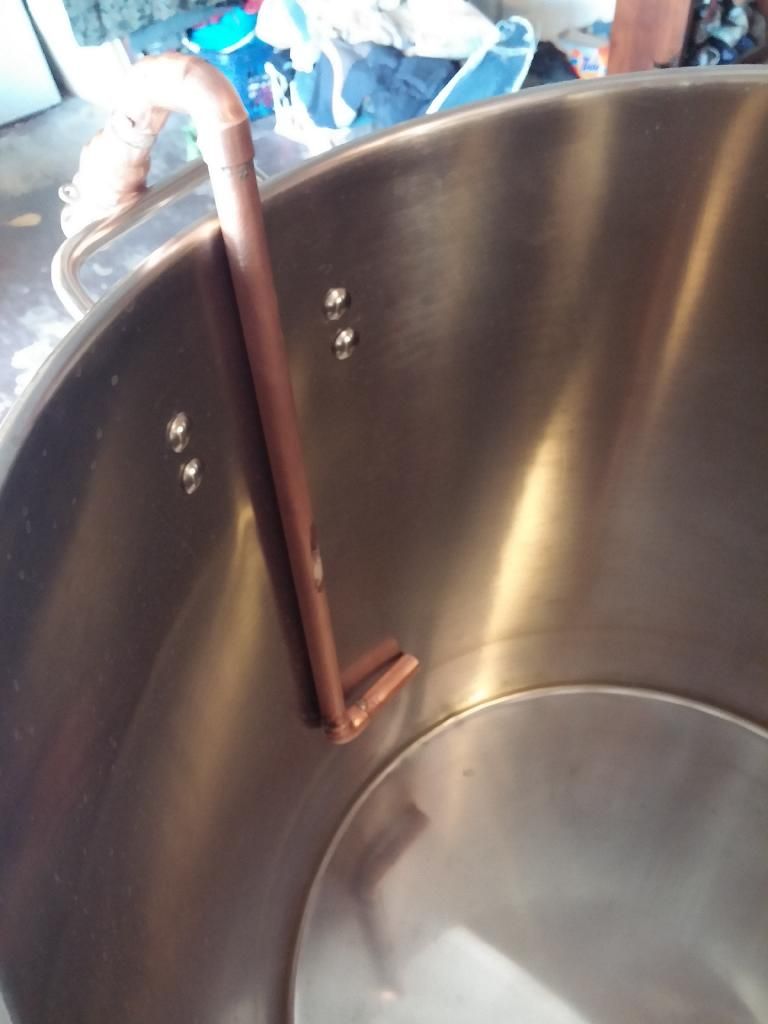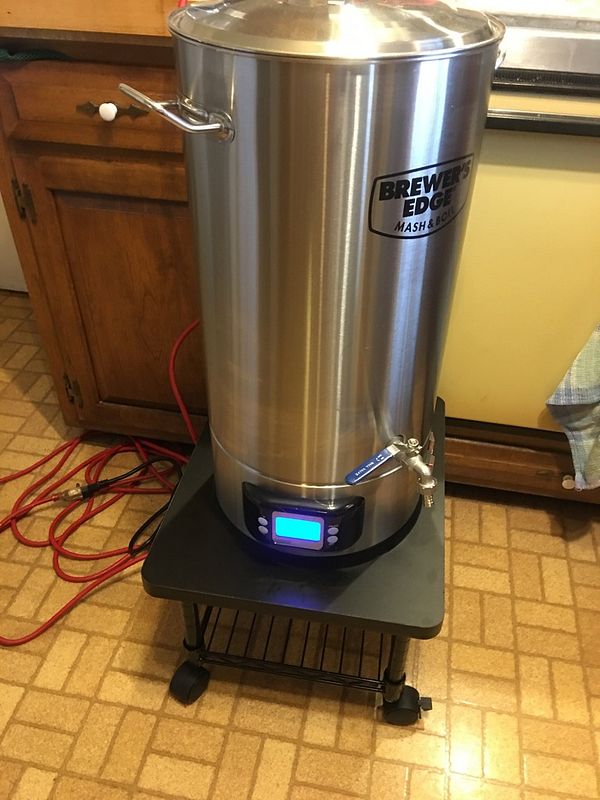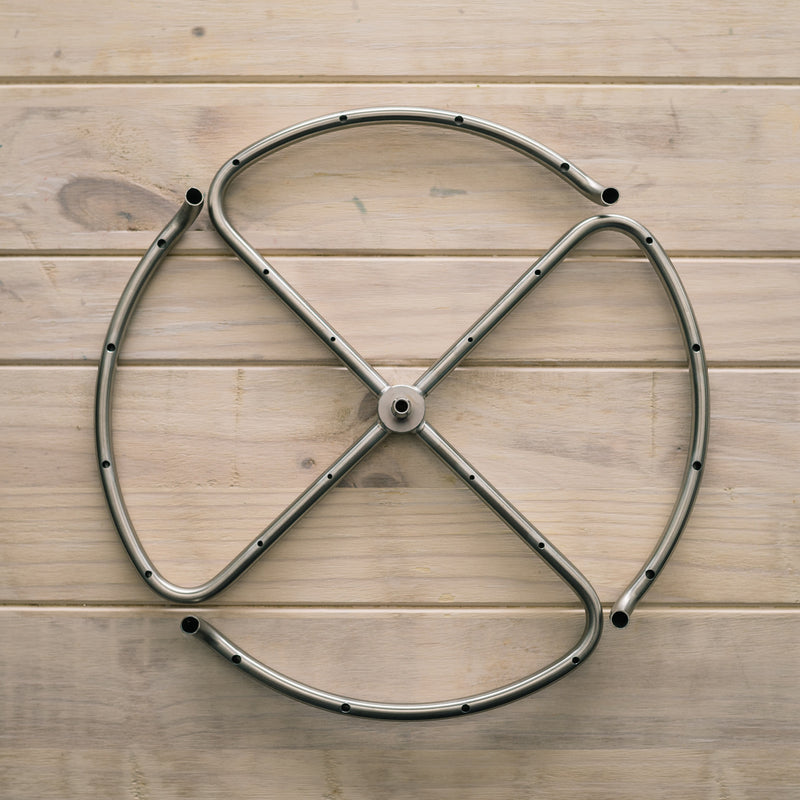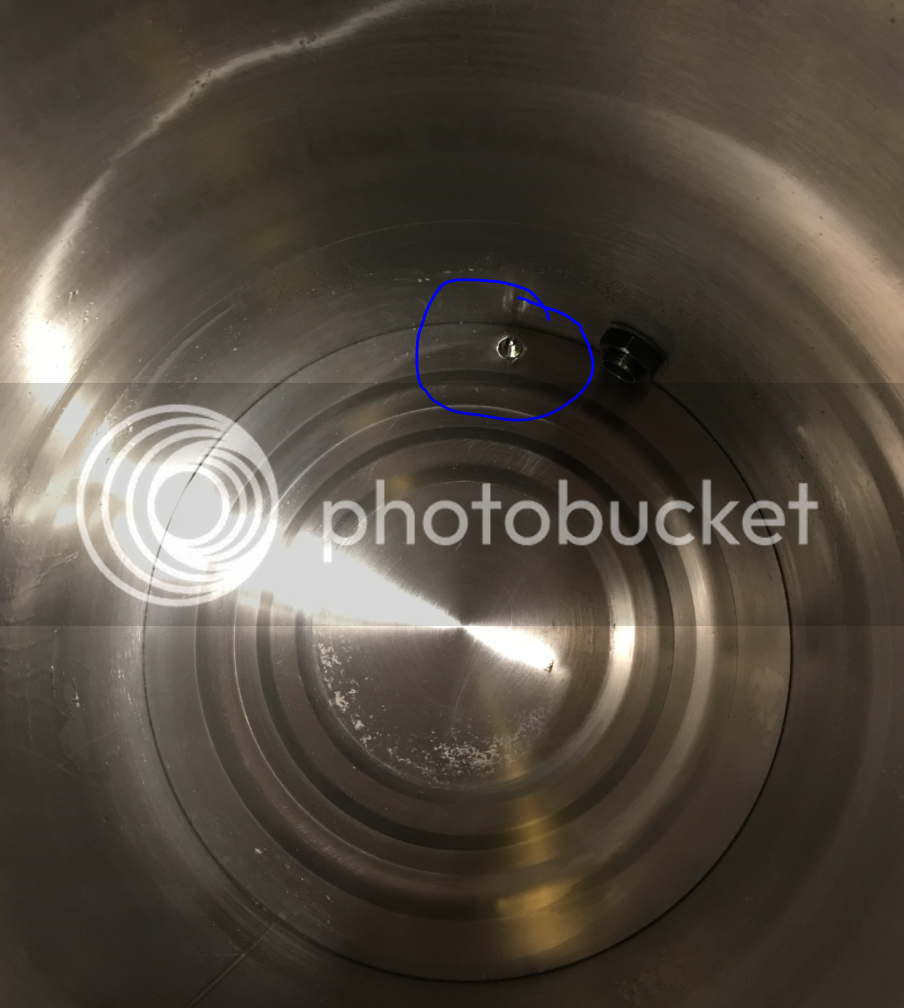fermentinginpa
Well-Known Member
I got mine on Monday and brewing with it after work on Thursday.

No.
The 146 to 157 swing sound like hot spots. Anything with active temp control needs constant recirculation.
Cool. Will be interesting to see the response.
I too can't wait to hear a response to this. Does a heating element need a delay like a fridge compressor does, so it doesn't burn out from turning on and off all the time? This would be the only reason I could think of as to why it would fluctuate so much.
Not the answer we were hoping for but he got right back to me which was nice.
"The differential is set and there is no way to adjust it. Maybe try the 1600 watt setting next time, as that is all I use and I have not seen this range of temperatures."
No.
The 146 to 157 swing sound like hot spots. Anything with active temp control needs constant recirculation.
Not the answer we were hoping for but he got right back to me which was nice.
"The differential is set and there is no way to adjust it. Maybe try the 1600 watt setting next time, as that is all I use and I have not seen this range of temperatures."
So... how long before someone pops one of these open and wires up their own controller instead? I'm sure it'll happen sooner or later.
Did you stir the mash at all or take independent readings with a reliable thermometer or did you just let it run and see what it would do?
He got it from Williams brewing. I got the same deal as him. Mine comes in on Tuesday.
Do you have previous all grain experience? What made you decide on this product instead of others?
I've been watching this thread closely from the beginning waiting for user responses. This is exactly how to handle this. I have the Grainfather and love it. This is a cheaper version with a few needs, a small recirc pump, a top plate (a simple mesh cut out from a SS splatter guard should do fine), and a chiller- I love the GF CFC and would advise building one, lots of relatively easy examples on HBT. So far only the location of the controller (and now lack of ability to adjust) are the biggest downsides. The former could be handled by placing the unit on an elevation of 1-2' while the latter may become moot with good recirc. Oh and I would NOT run the mash with the higher wattage. And I would do temp checks of the grain bed. That temp it measures is not in the grain bed, I would relax on the swing concerns with a good recirc setup- no long hoses, direct like the GF.I don't think it needs that. I think it just needs an external pump and recirculation.

Would be easy to just use stainless quick disconnects. Can switch between the outlets easily then.
For the whirlpool I was thinking of testing out what they came up with in this thread, no drilling required. Would be nice to have a second lid that you could cut out a notch for the recirc hose, whirlpool arm.
https://www.homebrewtalk.com/showthread.php?t=466274

...as a GF owner I'd suggest to also insulate the boiler.
Is the Grainfather double walled also? Not familiar with it as much. I just ordered the Mash & Boil tonight. I am already considering different ways to both insulate and recirculate.
Is the Grainfather double walled also? Not familiar with it as much. I just ordered the Mash & Boil tonight. I am already considering different ways to both insulate and recirculate.

Maybe the more veteran all grainers can chime in on this: if a pump is doing a continuous recirculation, do you think the insulation would still be necessary?
I will be interested to see how you progress with this. Thank you for posting.

Yes. For the GF I did and it works well. For this I'd answer a few questions- is boiler hot to touch? If yes, then heat loss, so need to insulate. Then I'd ask where are you measuring temp? I'd ignore controller and focus on measuring grain bed (at dough in, possibly 10 min or so into mash). Then I'd ensure you recirc direct back up boiler and do not splash upon reentry (more heat loss) and cover the top.Maybe the more veteran all grainers can chime in on this: if a pump is doing a continuous recirculation, do you think the insulation would still be necessary?
As for the large temp swing that is indeed troubling. You may need to get creative and really babysit this (e.g. Set mash at 155 for a 150 mash and stop when at 152 or so). Or hack the controller and build with a new one??
I have tried various combinations of button pressed and thus far the only sub menu I get to each time is to change the temperature from F to C. I have also searched for any similar timed heater controllers out of China and none that look like this has come up on the google machine. I will keep looking. I took the bottom off and haven't found anything obvious as to what model the controller is. I may have to disassemble it fully but will wait until after my first brew day before I go that far into my testing.


No you don't *need* the insulation if you're recirculating and heating, but having it helps even out the temp inside the thing.
Any idea where the temp sensor is on this thing? Is that little knub on the bottom in the pictures the temp sensor?

Enter your email address to join: